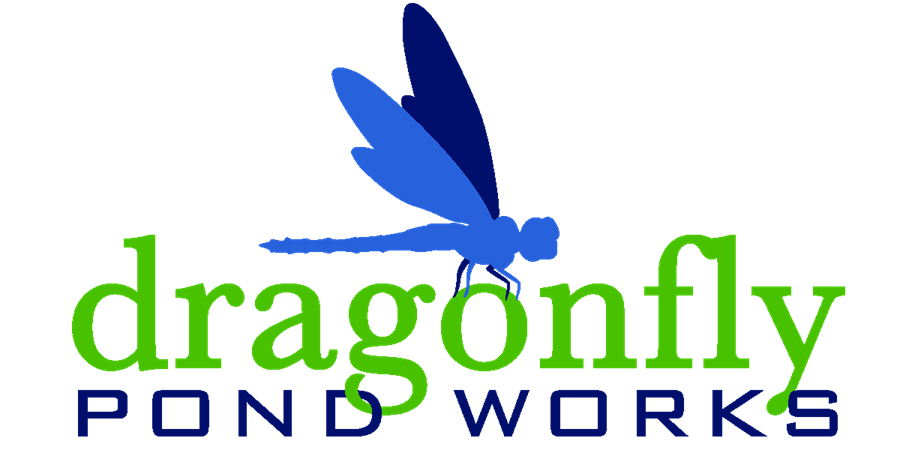Blue Green Algae and Treatment Methods
Blue-green algae can be a challenge in lake and pond management. We see it from time to time in North Carolina, especially in the summer.
Blue-green algae includes several different species of photosynthetic cyanobacteria that live throughout the water column. These types of algae can rapidly reproduce and form blooms that are visible on the surface of lakes and ponds as surface “scum”. Water bodies with little to no flow are particularly high at risk for blue-green algal blooms.
The causes of blue-green algae blooms are not fully understood, but they are generally related to nitrogen and phosphorus concentrations in the water, as well as environmental factors such as hot, sunny, and dry weather with little wind. Clear water, low turbidity, allows for deeper penetration of sunlight, and thus can also be another contributing factor to algal blooms. Among other reasons, unpredictable weather conditions make it difficult to proactively treat for this type of algae.
Sources of input are difficult to control without impeding the capture of runoff in the retention pond, which is a primary function of the lake. Algaecide treatments are considered a possible short-term treatment option, but these algaecides break open the bacteria cells possibly causing the release of toxins into the lake. In addition, given the high reproductive rate of planktonic algae, a re-bloom would likely occur in a few weeks following treatment. Additional dye to the lake should theoretically provide help with the problem, but is an action of prevention rather than treatment.
Long-term solutions include limiting the amount of fertilizer that enters the pond, creating a plant buffer around the pond, treating with products that bind and settle out nutrients, using aeration and beneficial bacteria. In some cases where the pond is filled in with excess nutrients, dredging the sediment may be the best option. Using a combination of each method is usually most effective. For any lake aeration, pond or lake maintenance questions, please feel free to call or email us!
